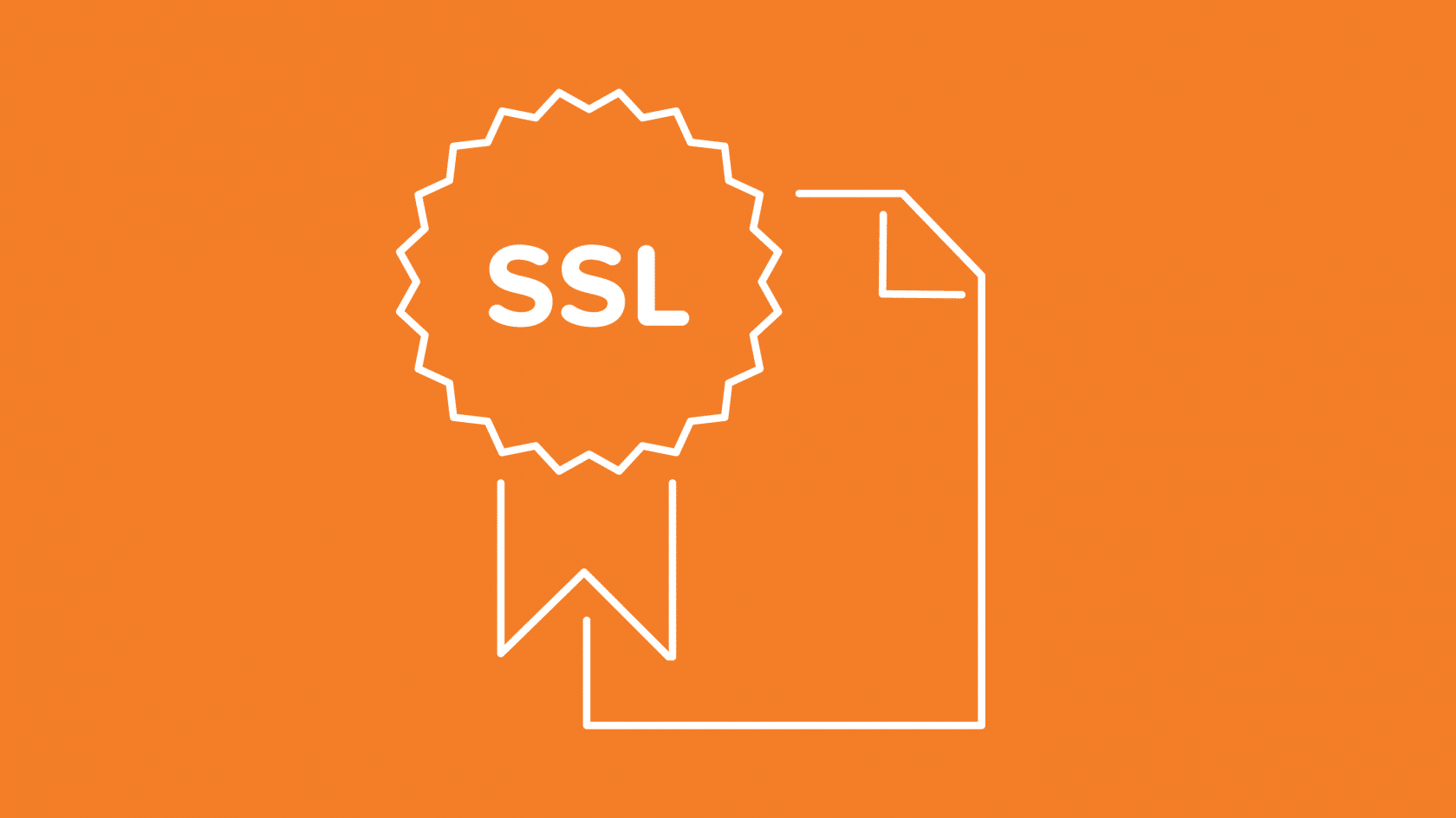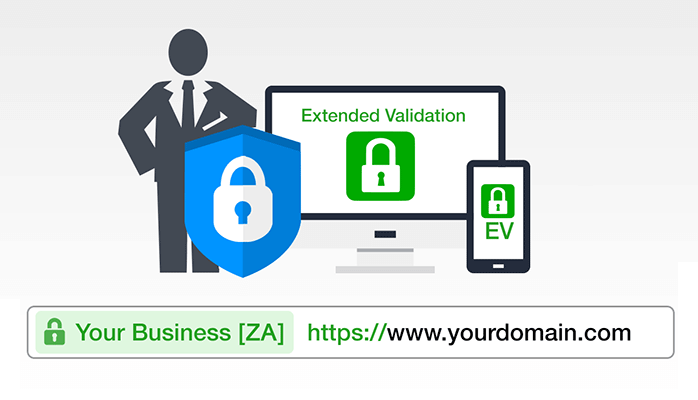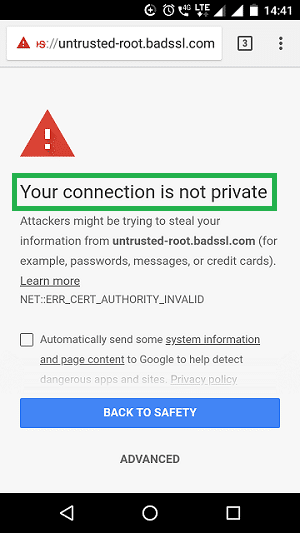Your website is your storefront, and SSL/TLS certificates are the lock and key. They work together to ensure that your website is secure and that your customers’ data is safe. But what happens if those certificates fail? This article will discuss how certificates keep your business running smoothly and how you can improve your company’s bottom line with Keyfactor certificate lifecycle management.
What is an SSL Certificate?

An SSL/TLS certificate is a digital certificate that uses cryptography to secure communications between a website and an internet browser. The certificate contains information about the website’s identity, the issuing authority, and the website’s public key. Certifications are necessary because they help keep your website safe. They ensure that your customers’ data is safe when they visit your website.
Certificates use a public key infrastructure (PKI) to create a secure connection. When you visit a website, your browser will check the site’s certificate against a list of trusted certificates from third-party Certificate Authorities (CAs). If the certificate is valid and trusted, the browser will display a green lock icon and establish a secure connection with the website.
Risks of Not Having an SSL Certificate
If a website has a valid SSL/TLS certificate, you will see a green lock icon in your browser’s address bar. The icon means that the site uses HTTPS, the secure version of HTTP. You will see a warning message in your browser if a website doesn’t have a valid SSL/TLS certificate. This warning means that the site uses HTTP, the unsecured version of the protocol.
If you’re not using HTTPS, your website is vulnerable to attacks. Hackers can intercept the traffic between your website and visitors’ browsers and steal sensitive data like passwords and credit card numbers. They can inject malicious code into your website, redirect visitors to another site, or impersonate your website to phish for information.
It’s important to note that even if you’re using HTTPS, your website is still vulnerable to attacks if you’re not using a strong encryption algorithm. The most common encryption algorithms are RSA and ECC. RSA is a strong encryption algorithm, but it’s vulnerable to certain attacks. ECC is a newer algorithm that’s more resistant to attacks.
If you’re not using HTTPS, your website will also be flagged as “not secure” by Google Chrome. This warning will appear in the address bar next to your website’s URL. Starting in July 2018, Google began rolling out a new version of Chrome that displays a “not secure” warning for all websites that are not using HTTPS.
Causes of SSL Certificate Fails

There are a few reasons why a certificate might fail. The most common cause is that the certificate has expired. Certificates need to be renewed yearly; if they’re not, they will eventually expire. If a website’s certificate has expired, visitors will see a warning message from their browser saying the site is not secure.
Another reason a certificate fails is that the website’s domain name has changed. If a website’s domain name changes, the certificate will no longer match the site’s address and will need to be updated. If the certificate isn’t updated, visitors will see a warning message from their browser saying that the site is not secure.
The last reason a certificate might fail is that the website’s server has changed. If a website’s server changes, the certificate will need to be reissued for the new server. If the certificate isn’t reissued, visitors will see a warning message from their browser saying that the site is not secure.
Also Read:
- How to Get Free SSL Certificate for Your Website
- How to Fix SSL Error “Your connection is not private” on Your Android Device?
- What is an EV (Extended Validation) SSL Certificate and How it Works?
- How to Speed up your SSL Encrypted Networks
Consequences of SSL Certificate Fails
Once your certification is no longer valid, a few things could happen. The first is that your website will no longer be accessible. This lack of accessibility can occur if your certificate expires or your domain name changes. If your website is no longer accessible, you will lose any traffic you would have otherwise received. You will also lose the ability to generate leads and conversions, any analytic data collected, and any revenue generated.

Another consequence of certificate failure is that your website gets marked as “not secure.” This warning will appear in the browser’s address bar, telling visitors that your website is unsafe. This warning can deter visitors from staying on your site, leading to lost traffic and revenue.
Finally, your website could be blacklisted by Google. Google blocks websites that are not secure. The implications of being blocked are profound; not only will you lose traffic and revenue, but your website will also be inaccessible to anyone who uses Google as their primary search engine. The best way to prevent your website from being blacklisted is to ensure that your certificates are always up-to-date.
How to Prevent SSL Certificate Failures
The best way to prevent certificate failures is to use a software solution like Keyfactor certificate lifecycle management. Keyfactor helps businesses automate the certificate renewal process and keep track of all their certificates in one place. This makes it easy to avoid expired certificates and ensure that all certificates are up-to-date.
In addition to using a software solution, businesses can also take some simple steps to prevent certificate failures. First, they should make sure to renew their certificates every year. Second, they should keep track of their domain names and update their certificates if the domain name changes. Finally, they should keep track of their servers and reissue their certificates if the server changes.
Final Thoughts
Certificate failures can have severe consequences for businesses. They can lead to lost traffic and revenue and are even blocked by Google. to prevent these failures, companies should use a software solution and take some simple steps to keep their certificates up-to-date. By following these tips, businesses can avoid the negative consequences of certificate failures and keep their website running smoothly.

